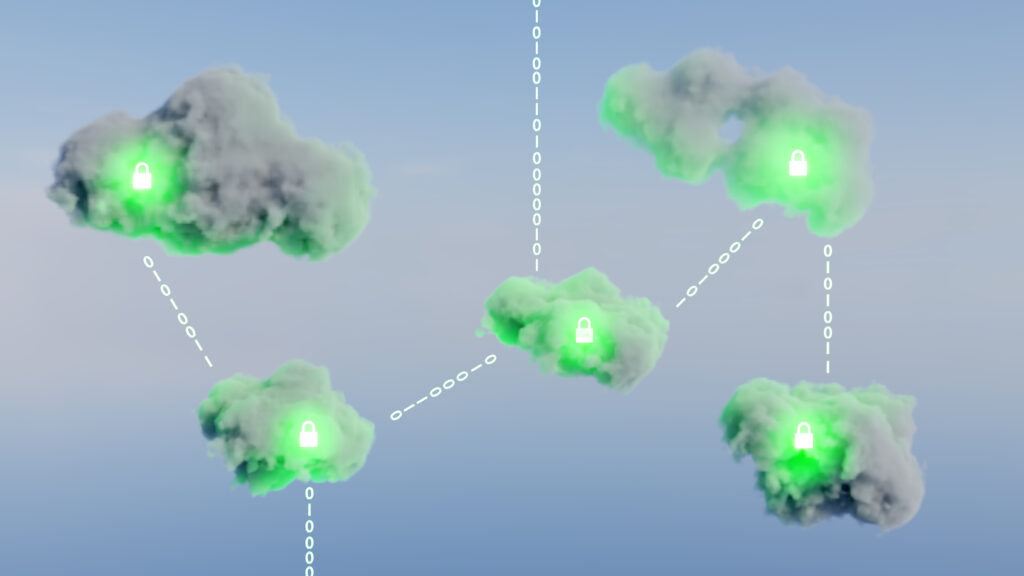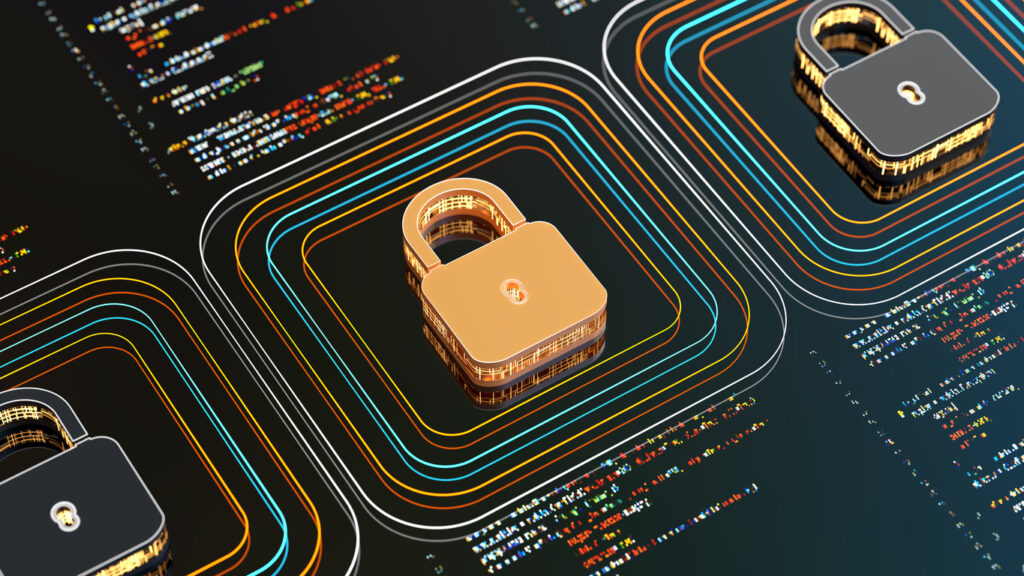Fortinet SASE provides enterprises with a Secure Access Service Edge (SASE) solution that fuses FortiOS management, FortiGuard threat intelligence, Zero Trust Network Access (ZTNA), and Firewall-as-a-Service (FWaaS) into an integrated, AI-powered, cloud-delivered fortress of strong security solutions. This article explains how the SASE solution works alongside Fortinet Secure SD-WAN, reviews global POP scale and ordering options that shape real-time performance, and examines market factors such as pricing trends and Gartner Magic Quadrant 2025 recognition.
Fortinet SASE fundamentals
Fortinet FortiSASE is a Secure Access Service Edge solution that helps to protect hybrid teams and remote workers as a modern alternative to legacy Virtual Private Network (VPN) access. Leveraging SASE providers that offer SD-WAN and security coverage, it unites networking and cloud-delivered security to connect branch offices, data center assets, and remote access points. FortiSASE features include Next-Generation Firewall (NGFW) and FWaaS, Secure Web Gateway (SWG) with Domain Name System (DNS) filtering, Cloud Access Security Broker (CASB), data loss prevention (DLP), and universal ZTNA. FortiGuard threat intelligence feeds and the FortiOS management platform work in tandem to provide organizations with consistent security policy and real-time malware protection.
Deploying a unified SASE architecture, the platform combines Fortinet Secure SD-WAN, Secure Service Edge (SSE) capabilities, and digital experience monitoring (DEM) to offer a high-performance user experience. FortiGate appliances, FortiClient endpoints, integrated access control via CASB and DLP, and API-driven policy engines enable centralized management within a single framework applied to both cloud and on-premises deployments.
Deployment and performance
The Fortinet SASE solution scales security and networking through more than 160 global Point-of-Presence (PoP) locations. This broad network edge, combined with Google Cloud backbone partnerships, delivers low-latency access and consistent security for remote users and branch offices. Real-time threat intelligence and Security Operations Center (SOC) visibility help maintain strong cybersecurity and a reliable user experience across diverse environments.
Ordering and licensing options simplify rollout. The Fortinet ordering guide outlines starter bundles, per-user licensing, and device limits to help teams manage costs and growth across cloud-based and on-premises sites. Integration with the Tufin Orchestration Suite supports unified security policies. This article on Tufin & Fortinet for policy-based change automation shows how automated policy updates reduce configuration risk.
Performance benefits extend beyond connectivity. Fortinet Secure SD-WAN, paired with SSE features such as universal ZTNA, CASB, and firewall-as-a-service, enhances network security while improving application availability for remote workers. FortiGate appliances and FortiClient endpoints combine with DLP and FortiGuard intelligence to keep the security posture consistent as traffic grows.
Independent analysis reinforces these design strengths. Insights from What Differentiates Fortinet Unified SASE from Other SASE Solutions highlight how Fortinet’s PoP density and backbone architecture reduce complexity and deliver predictable performance for demanding enterprise use cases.
Market outlook and investment factors
The decision to adopt a SASE solution often depends on transparent pricing and alignment between available budget and anticipated growth over time. Fortinet’s public pricing and licensing indicate it uses user-based licensing and service tiers to allow organizations to anticipate costs when scaling their infrastructure from a small team to a large, geographically distributed workforce. Guides such as Top SD-WAN Providers and How to Compare Them and Top Firewall Features to Secure Your Network allow IT decision-makers to assess Fortinet Secure SD-WAN against other market options and also focus on the core FWaaS and next-generation firewall features that impact their total cost of investment.
Vendor analysis and other third-party industry resources can further support your decision-making. For example, being named in the Gartner Magic Quadrant 2025 for SASE platforms underscores Fortinet’s standing relative to other providers of cloud-delivered security and networking. Customer reviews, such as How Fortinet SD-WAN hits the mark for today’s converged world and Mastering FortiSASE can also provide real-world insights; for example, the ways FortiSASE and Fortinet Unified SASE Solutions can help support hybrid workforce strategies while maintaining a consistent level of security between remote users and data center resources.
Operational efficiency also plays into the total cost of ownership. The Tufin Orchestration Suite simplifies network complexity with a unified control plane that delivers centralized visibility, automated policy orchestration, and continuous compliance across hybrid environments. Integrated with Fortinet Secure SD-WAN, this can give teams more control over ZTNA, CASB, and other cloud-native functionality while also shrinking the attack surface and maintaining a positive user experience and real-time visibility.
Conclusion
Fortinet SASE delivers extensive global PoP coverage and SOC-ready threat intelligence along with FWaaS, universal ZTNA, and CASB for remote worker protection and consistent uptime. FortiClient, FortiOS, API-based policy control, and a converged ecosystem spanning NGFW, DLP, SWG, and cloud-delivered security enable the scalability and convergence of network security required by IT leaders for broadening the footprint of remote access with a consistent security posture. These features, along with competitive market leadership, offer enterprises a sound long-term strategic direction. To explore how automated policy management can enhance these capabilities, get a demo.
Frequently asked questions
What is Fortinet SASE, and how does it fit enterprise security strategies?
Fortinet SASE is a secure access service edge (SASE) platform that delivers cloud-based security and networking capabilities to safeguard data, applications, and users across distributed infrastructures. It supports hybrid workforce use cases with Zero Trust Network Access (ZTNA), Firewall-as-a-Service (FWaaS), and SOC-ready threat intelligence for real-time defense.
Learn more in SASE providers with SD-WAN and security coverage.
How does Fortinet SASE compare to other SD-WAN options?
Unlike other SD-WAN options, Fortinet SASE includes Fortinet Secure SD-WAN combined with FortiOS policy control, universal ZTNA, and CASB to help ensure a consistent security posture and application performance for remote employees and cloud-based workloads. The converged solution allows IT teams to scale with less operational complexity.
Explore top SD-WAN providers and how to compare them.
How can teams keep Fortinet SASE firewall policies optimized?
Proper policy management is essential to reducing risk and maintaining consistent network security. With Tufin solutions, teams can automate real-time policy updates and gain visibility into firewall rules, enabling continuous optimization for Fortinet SASE deployments and long-term compliance.Read more in Firewall rule cleanup best practices.
Ready to Learn More
Get a Demo





